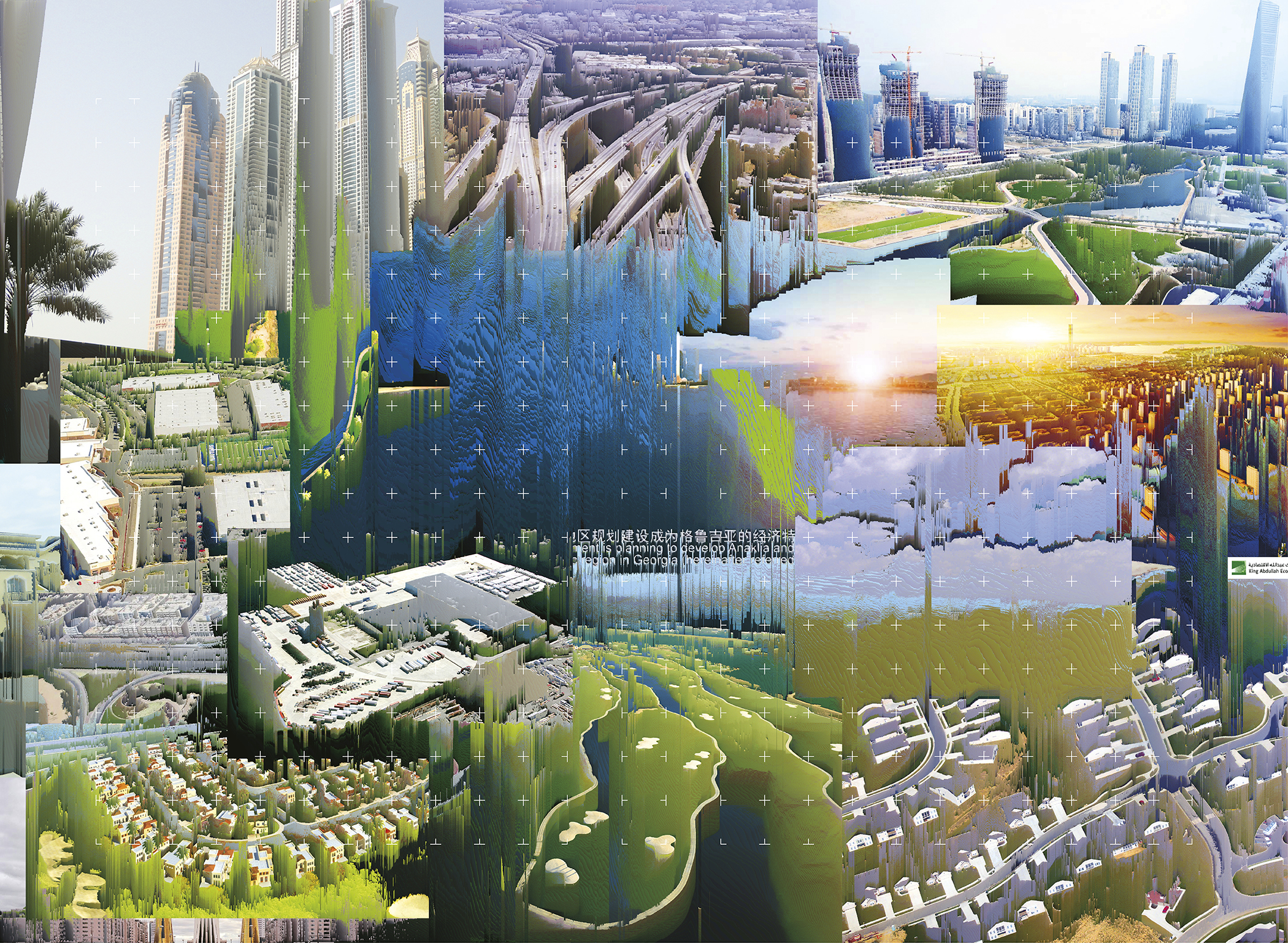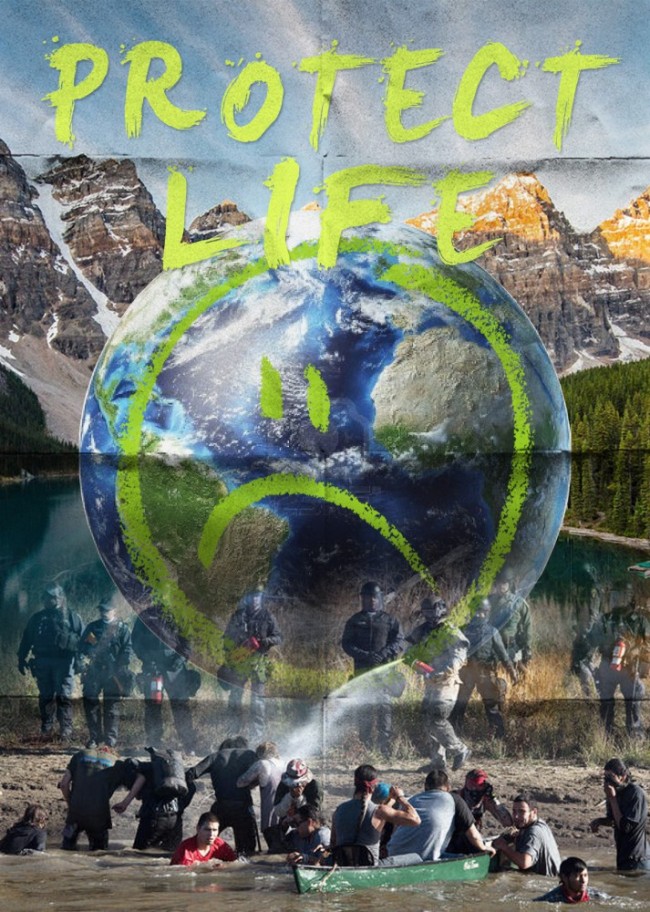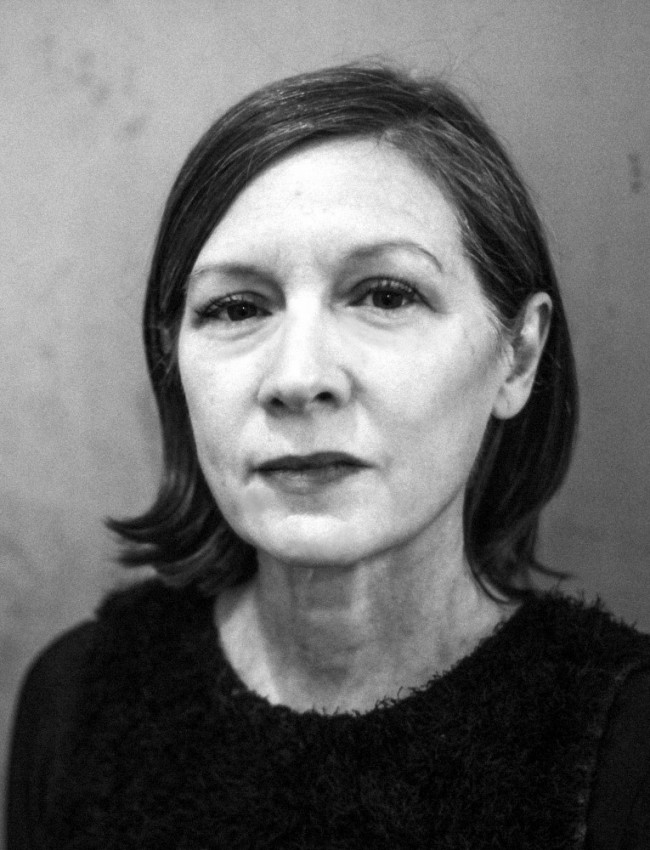INTERVIEW WITH KELLER EASTERLING ABOUT INFRASTRUCTURE AS LANDSCAPE

Keller Easterling is not your average architect. Rather than building buildings, over the past two decades she has published books on the relationship between architecture and the larger systems that dictate where and when architecture might exist. Her 1999 Organization Space: Landscapes, Highways and Houses in America (MIT Press) reads American infrastructure systems through the lens of network theory. Her 2005 follow up, Enduring Innocence: Global Architecture and its Political Masquerades (also MIT Press), introduced the term “spatial products” to the architectural lexicon, identifying phenomena which were emerging out of a heady mix of globalization and political instability as objects worthy of architectural inquiry — from Arnold Palmer-branded golf courses to I.T.-campus enclaves and free ports. Perhaps it’s something about New Haven, where Easterling teaches at Yale University, that motivates her to theorize infrastructural networks with the same zeal and intellectual fervor that Robert Venturi and Denise Scott Brown analyzed the Las Vegas strip. Easterling’s most recent book, Extrastatecraft: The Power of Infrastructure Space (Verso, 2014), identifies and expands her insightful view of the world around us, using the term “infrastructure space” to refer to the ways in which broadband networks, the consultant lingua franca of management-ese, and International Organization for Standardization (ISO) codes dictate everything from the thickness of our credit cards to the Wi-Fi signal that underpins all aspects of our contemporary life. With its portmanteau title referring to “the often undisclosed activities outside of, in addition to, and sometimes even in partnership with statecraft,” the book metaphorically wonders what would happen if David didn’t kill Goliath but instead used the giant’s size for his own ends. One focus of inquiry is the promotional videos for nationally ambiguous “free zones” all around the world, using examples from Tunisia, South Korea, Saudi Arabia, the Netherlands, Kenya, Taiwan, and — the most notorious of all — Dubai. Easterling describes these videos as “comically drunk on heroic urban aspirations, (distracting) from their inherent violence as they mix things like fantasy environments, Hegel quotes, and buildings shaped like diamonds or dolphins.” Through her writing Easterling often forces architects to re-envision their role in the making of space around the world, extolling the virtues of knowing how versus knowing what. She also encourages them to consider creating “active forms” — time-released protocols that manage spatial levers, exchanges, and switches — in addition to “object forms,” or what we commonly think of as buildings. It’s a concept that extends to her website, which is designed to learn from the user’s browsing to populate new categories such as “Active Form,” “Diamonds,” “Interplay,” “Zone,” “Terra Incognita,” “Rumor,” “Pandas,” “Protocol,” “Special Stupidity,” “Mortgages,” “Goliath,” or “Fiction.” For this interview we revisited some of Easterling’s early obsessions — her work in the 1990s concerned the study of landscape and landscape thinking — and talked about Extrastatecraft through the lens of landscape.
Early in your research career, you began looking at unconventional landscapes of American development generated through suburban growth patterns or commercial franchises, such as Levittown or Walmart. Would you say that it’s something you’re continuing to do in Extrastatecraft, except at a global scale?
I have been writing about spatial products: repeatable formulas for space. So if you want to change them and change the thousands of acres that they’re changing as they reproduce, it is not so powerful simply to change the shape of one silhouette. It is more powerful to change a multiplier — a parameter of their little system. There are aesthetic pleasures in shaping objects, but there are also aesthetic pleasures in population effects, in letting a process go. Take for example (planner and forest conservationist) Benton MacKaye, one of my heroes. In 1921 he advocated for a footpath (the Appalachian Trail) — a very explicit cross section — and then he watched the process by which the idea was adopted and extended for 3,000 miles. It’s thrilling to think about that way of designing, of finding a multiplier that reorganizes a lot of land. I think about the spatial/infrastructural matrix with the same habit of mind that someone like MacKaye used to think about landscape. It’s a habit of mind that can be tutored by landscape or by digital thinking — whatever it takes to be able to see the world in terms of relationships instead of things. Maybe MacKaye was sometimes baffled when talking to his landscape colleagues who were trained in design, because they saw design as landskip rather than Landschaft. They still saw an arrangement on a piece of paper. Whereas MacKaye was someone who was trained in the earth sciences so he saw something as a process unfolding.
Extrastatecraft was published a little over a year ago. What kind of response have you had?
It’s weird, people aren’t critical about it to my face. They speak of it in very nice terms. No one has come up to me and said, “You don’t know what you’re talking about,” or anything like that. There’s still opportunity for that! But the tone was never one of insistence or prescription. The book suggests a mental exercise, as if to say, “Something like this might work, or not.” I wanted to make a voice or tone that was with the reader, whispering to the reader, suggesting that this was a kind of exercise in thinking — to think with me, but in an almost shy way.
In the book you discuss the pure visual appeal, the seductiveness, of special-economic-zone promotional videos. Most people view them on a superficial level, but the way in which you frame them provides a more fine-grained, nuanced, and complicated understanding of the way they operate and of their effects. There’s an interesting passage in an essay entitled Come to Things that you wrote for the Metahaven monograph Uncorporate Identity (Lars Müller Publishers, 2010). It says: “The sheiks get it, they say the way the world works, they make big objects and overblown fictions as a front for the real activity. They’re not making what it looks like, they’re not making the story, they’re making the way it disturbs the world around it. They’re not making the chess piece, they’re designing the way it plays in the world.”
Yes. They’re making bargains, and these are trying to be bargains with spatial variables — in space as an information system. But there is something else I want to say about these promotional videos. Of course it’s cheap theatrics to show those kinds of things. But it’s not just snide or me being cynical. I have another enthusiasm about them. They are so ridiculous that they make the world look like a place where you can actually do something. There are no cast-iron logics. Any persuasion can become contagious if that stuff can become contagious.
I don’t think you’re being cynical or sarcastic. I think of your approach more in an accelerationist way — it’s more about engaging with systems to commandeer them to different ends. It was interesting to see that next to Come to Things was Metahaven’s Logoparc project: a post-apocalyptic landscape of a corridor between an airport and the city, but with no glass, just the concrete frame — a pure neo-capitalist Domino frame. That dystopian futurist social-network state is like a form of the free zone, or the doppelgänger city, lying bare without the mirrored glass. These virtual doppelgängers — that are both physical and virtual, or data driven — are productive territory for architecture. Could you talk about these landscapes?
Our immersion in digital thinking can either lead us to follow the old road, where we say the digital is the new emergent redemptive technology, or the digital is instructive, and nourishes a habit of mind about something besides itself, which is more interesting to me. One can see land, landscape, city, and people as an information system, whether or not there is any digital enhancement. Maybe only then do digital systems and other information systems make each other smarter. The idea of supremacy and obsolescence or something like that, or the idea that we must discover the elementary particles of the universal system — that kind of thinking is the “old new.” Seeing the ways in which landscape is an information system, and cities are an information system, maybe learns more from the digital. Our recent immersion in the digital has given us completely different logics about messiness, redundancy, and resilience. So maybe what it teaches us is to mix up information systems of different lineaments if we want things to be really information rich. What if the refreshed thinking took a larger view? I’m a historian of infrastructure, so I can report that the advent of every single new technology has always had the same words around it: transcendence, obsolescence, frontier, freedom, decentralization. And always, always, always, the thing that takes over in the end is the sense that we’ve now found the ultimate platform. And once that happens, all of those words become meaningless.
I wanted to ask you about the word “hacker,” a word which I feel is so overused. When did just being creative automatically turn you into a hacker? Do you think there is an important difference or distinction between the kind of actor you imagine in Extrastatecraft and an architect?
Forget hacker. The character that I think of is more like a plumber or a fixer, an urban agent, someone who thinks correlatively. Someone who is a practical tinkerer. Maybe it doesn’t look like the architect we know, that character enamored with comprehensive timeless utopian visions and futurology. It’s someone looking for spatial ratchets that are best when they’re temporary. They don’t always work. The figure that I think of is someone who gets that the world is constantly tended and repaired and oiled and messed with. Platforms are revised and break down. This is a tragedy for conventional architects. But that idea which is tragic for architects, is, I think, artistically interesting.
I find the tone of Extrastatecraft to be tragic in many ways. I like to imagine that if someone made a film of the book it would be a tragedy, or a tragi-comedy. Maybe it’s more of an acceptance of tragedy as a useful tool, in the same way that people say that failure is an important tool.
I hope it’s on the flip side of those tragic narrative forms — finding a different logic or air and using a habit of mind about disposition and discrepancy. Disposition and discrepancy are both something to study and put between your hands. They are raw material, they are mother’s milk. An ability to detect dispositions is an ability to detect latent potentials in arrangements. And the discrepancy that fuels power maybe doesn’t need to be reconciled, but used to different ends than those of some of the prevailing powers. This is a world where there are histories of things that don’t always work. It’s not magic or occult or unknowable.
Artist Hito Steyerl’s How Not to be Seen: A Fucking Didactic Educational .MOV File (2013) includes some of the same world-city promotional movie tropes you describe in Extrastatecraft and, in a similar register to your book, she commissioned rendered animations as a kind of critique. But you can also simultaneously take pleasure in viewing those narrative landscapes knowing that there’s something very off, not entirely sincere about it. Do you see a relationship between your work and hers?
Yes, we’ve both been interested in those sorts of videos. Last year when we had a conversation at Artists Space, we talked a little bit about this. I pledged to do more research about these rendering companies, and last summer we happened to run into each other again in Kiev. I think she’d been working on a piece called Tower about a rendering company in Kharkiv, Ukraine. It is one of a pair of videos, the other part of which is titled ExtraSpaceCraft — a portrait of a camera-drone pilot in Kurdistan.
Interview by Jesse Seegers.
This is a redacted version of the interview published in PIN–UP No. 20, Spring Summer 2016.






